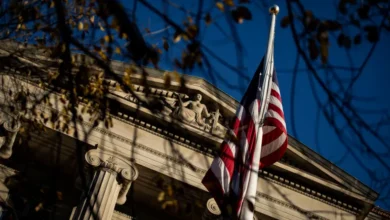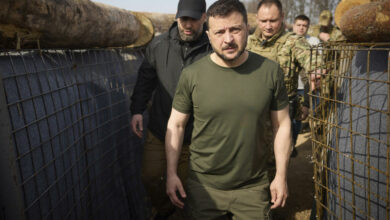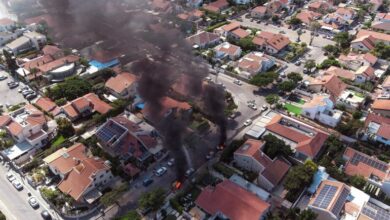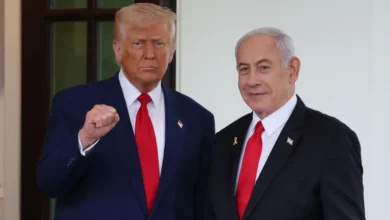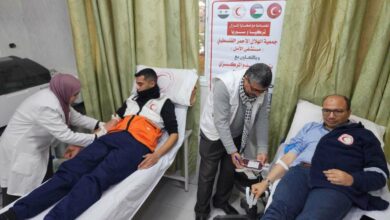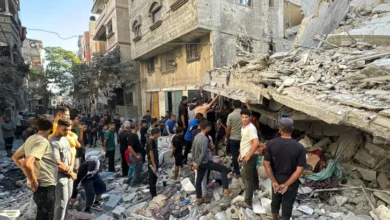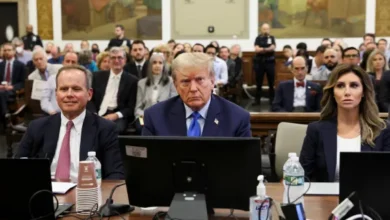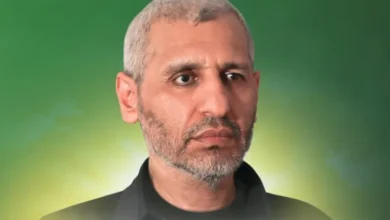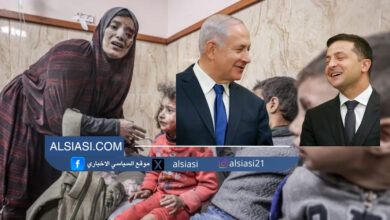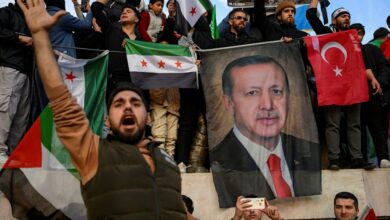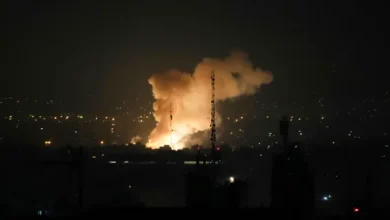Ten films to watch about the history of the Israel-Palestine conflict
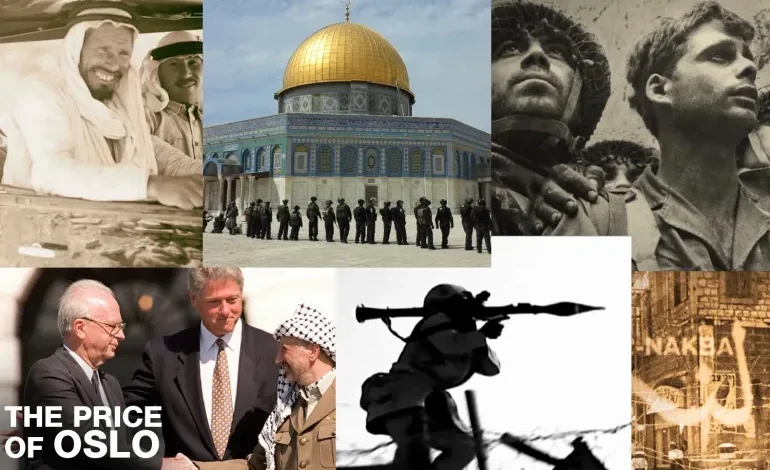
1) Al-Nakba
For Palestinians, 1948 marks the “Nakba” or “catastrophe”, when hundreds of thousands were forced out of their homes. For Israelis, the same year marks the creation of their own state. This four-part series attempts to present an understanding of the events of the past that are still shaping the present.2) The War in June 1967
The June 1967 war lasted only six days but its consequences are still felt across the region to this day. It redrew the landscape of the conflict, expanded Israel’s territorial claims and confirmed its military dominance in the region.
3) The War in October: What Happened in 1973?
The Egyptians call it the October War and the Israelis the Yom Kippur War – a war from which both Arabs and Israelis claimed to emerge victorious.
So what really happened during the three weeks in 1973 that brought the world to the brink of a nuclear confrontation?
Drawing on rare film archives and interviews with people who planned and fought in the battles, this three-part series uses graphic illustrations, maps and animated sequences to show the movements of forces in the many battlefields of the conflict.
4) The Price of Oslo
This two-part documentary traces the secret road to the Oslo Accords, telling the story of negotiations that took place in the political shadows and a search for common ground amid a region in turmoil. At the centre of it all was an unlikely mediator: the Scandinavian country of Norway.
5) Jerusalem: Dividing Al-Aqsa
This film traces the history of the Al-Aqsa Mosque compound and its significance to both Muslims and Jews.
It also looks at the Ibrahimi Mosque in Hebron – where Israel controls Palestinian access and has imposed access and prayer restrictions – and asks whether this is the shape of things to come at Al-Aqsa.
6) Palestine 1920: The Other Side of the Palestinian Story
“A land without a people, and a people without a land” is how the relationship between Palestine and the Jewish people was described by Christian writers in the 1800s. And the 20th-century history of the Middle East has largely been written through these eyes.
But this film from Al Jazeera Arabic looks at Palestine from a different angle. It hears from historians and witness accounts, and features archive documents that show Palestine as a thriving province of Greater Syria and the Ottoman Empire at the dawn of the 20th century.
7) Gaza, Sinai and the Wall
From 1948 to 1967, residents of Egyptian Sinai and neighbouring Gaza considered the area as a single territory.
But in the 1967 Arab-Israeli War, Israel captured Sinai and the Gaza Strip.
Twelve years later, Israel and Egypt signed a peace treaty which returned control of Sinai to Egypt; but the Israeli occupation of Gaza continued. In 1982, a wall was built to separate the two territories – a wall which still stands today.
This film tells the story of the Palestinians whose lives were changed by that wall.
8) Israel’s Automated Occupation: Hebron
This two-part series examines Israeli surveillance in Hebron and Jerusalem.
The first part explores AI-powered surveillance in Hebron and the previously unknown facial recognition system “Red Wolf”, uncovered by Amnesty International and Breaking the Silence.
The second part discusses Israel’s surveillance of Palestinians in Jerusalem and the secret Israeli unit responsible for spying on and blackmailing them.
9) Weaponising Water in Palestine
Gaza’s only freshwater source, the Coastal Aquifer, cannot meet demand and has been depleted by over-extraction and contaminated by sewage. Rising temperatures and sea levels are only making life more difficult, while in Israel, residents do not have to worry about their taps running dry.
This film explores how occupation and the climate crisis have made Palestinians some of the most water-insecure people in the world.
10) Rebel Architecture: The architecture of violence
Israeli architect Eyal Weizman explains how architecture plays a key role in Israel’s occupation of Palestine and modern warfare.
“Architecture and the built environment is a kind of slow violence. The occupation is an environment that was conceived to strangulate Palestinian communities, villages and towns, to create an environment that would be unliveable for the people there,” says Weizman.
